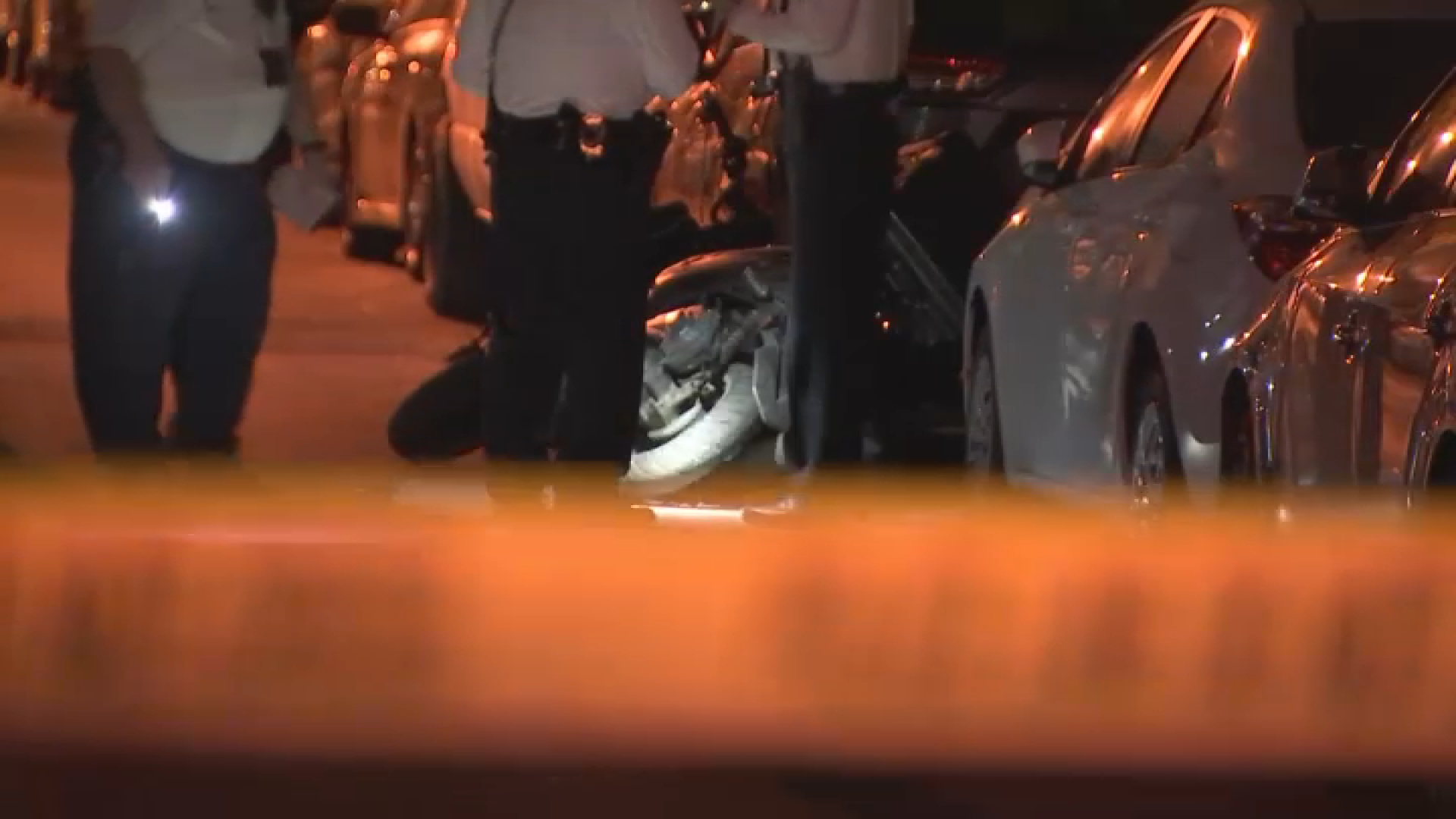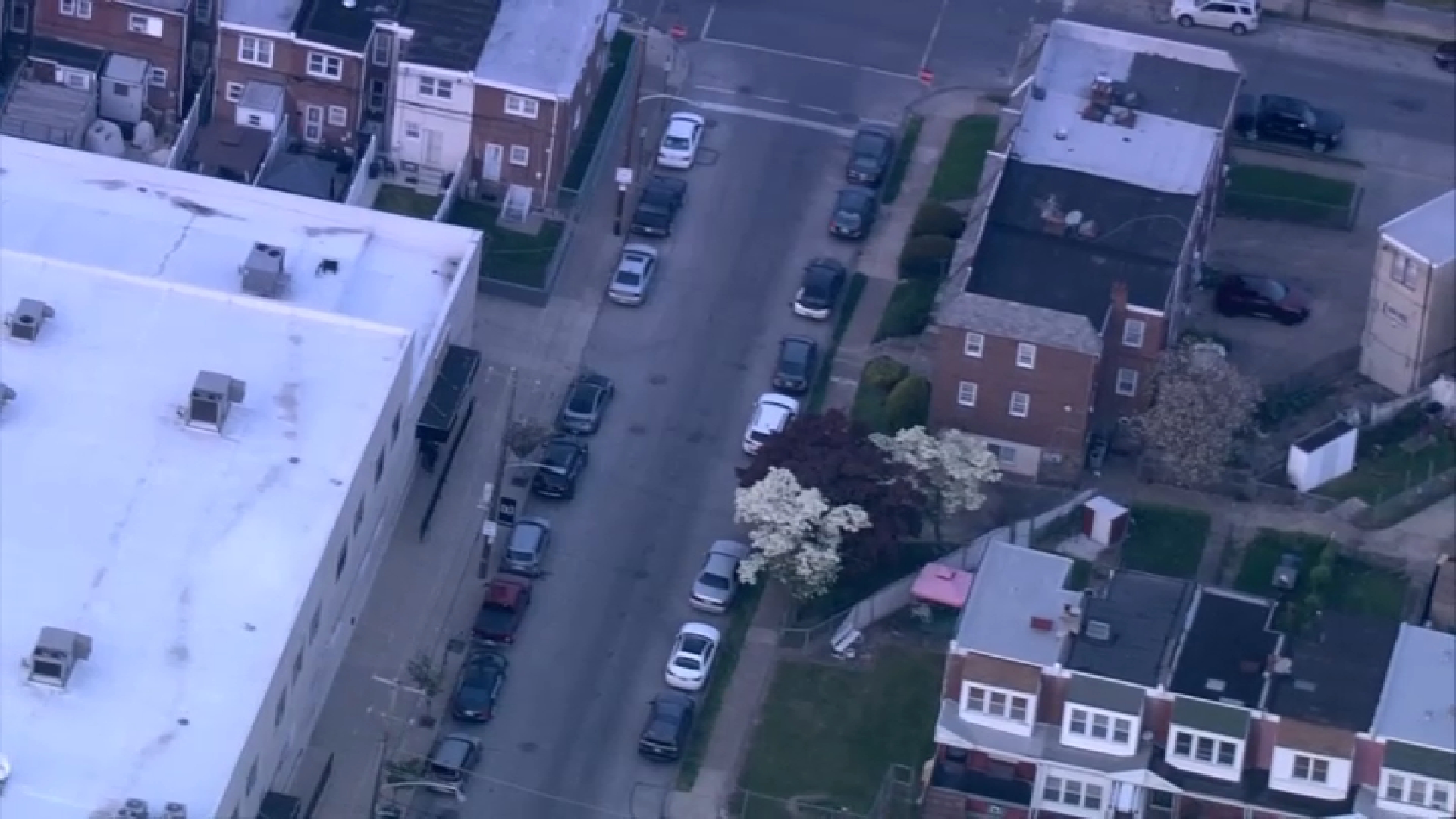Bob Fenstermacher isn't sure if the memory is his own.
The story of his first meeting with his uncle, Lt. Robert G. Fenstermacher was often retold, pressing it into his mind.
He was only 2 or 3 years old, dressed in a sailor suit because it was "what you did during the war." It didn't matter that his Uncle Bob was a fighter pilot in the Army Air Corps. The family gathering in Scranton came shortly before Fenstermacher departed for Europe, leaving his loved ones, including his new bride, a month shy of their first anniversary.
The dark-haired young man probably wore his cap cocked to the right when he said his goodbyes, as he did in photographs at the time. Whether leaning against a plane, seated in a living room chair or posed for a portrait, the look was the same: the brim of the hat, dipping to the right, cast a shadow over a serious gaze. Only the corners of his mouth suggested the hint of a smile.
Today, Bob Fenstermacher of Madison, N.J., is the last living relative who met the lieutenant before his plane was shot down, taking all traces of the Scranton native with it.
"I have this sense that I remember him, but that's probably all there is," he said.
Army records show that Lt. Fenstermacher earned the Air Medal with seven Oak Leaf Clusters after flying in at least 57 missions, his last at the height of the Battle of the Bulge. Investigations showed little else after his P-47 Thunderbolt went down over Germany. The lieutenant was added to the list of tens of thousands lost and never recovered.
After nearly 70 years, Lt. Fenstermacher's family had long ceased asking questions.
And then the phone rang.
Fenstermacher described feeling flabbergasted, shocked and amazed when he learned last fall that History Flight, a nonprofit foundation composed of volunteers who restore WWII planes and recover the remains of missing service personnel in their spare time, had found the site of his uncle's crash.
The lieutenant's remains will be buried with military honors in Arlington National Cemetery in October.
THE MISSION
It was one of the coldest winters in history. Troops on the ground, on the border of Germany in the Ardennes Forest, often waded through snow. A thermometer in Bastogne, Belgium, dipped to 14 degrees at 5:30 a.m. on the day the Battle of the Bulge began, Dec. 16, 1944.
Ten days into the battle, which would become Hitler's last offensive to stop the Allies from entering Germany, Lt. Fenstermacher was in the air. He flew his P-47 Thunderbolt a world away from the Marion Street address in Scranton where his mother, Mae Fenstermacher, brother, Charles, and sister, Lois, were likely celebrating the holidays, mindful of Robert and his brothers, Donald, John, and William Richard, who also served.
On an armed reconnaissance mission headed for Houffalize, Belgium, attacking a train station near Roetgen, Germany, along the way, Lt. Fenstermacher took his last flight. He and his men had bad information. The train station was controlled by Allies, and Lt. Fenstermacher's plane was shot down in "the fog of war." Michael Mee said Lt. Fenstermacher's plane was shot down by friendly fire.
Mee is the Chief of Identifications of the Past Conflict Repatriations Branch, part of the Army Casualty and Mortuary Affairs Operations Center.
"There were enemy forces nearby and something happened where he had bad information in the air," Mee said. "Post-war, there were efforts to locate Fenstermacher and so many other soldiers and sailors. They couldn't find everybody, which is why we still have these missions today."
The Battle of the Bulge was the largest land battle American forces fought during World War II and in the history of the Army. British Prime Minister Sir Winston Churchill hailed it as "undoubtedly, the greatest American battle of the war, and will, I believe, be regarded as an ever-famous American victory," he said.
After his plane was lost, Lt. Fenstermacher was listed as missing in action. The War Department told his mother the classification had been changed to killed in action on May 2, 1945.
For years afterward, Richard Fenstermacher - who served on the ground during the Battle of the Bulge - wrote letters, asking if any trace of his older brother had been found.
The answer was always no.
"The family essentially adopted the story, the attitude that there were never going to be any remains," said his nephew, enstermacher. "The crash had been so intense that there was nothing that could be recovered."
THE RECOVERY
Lt. Fenstermacher had been heading for Houffalize, Belgium, but his plane crashed about 40 miles northeast, in the Belgian town of Petergensfeld, less than a mile from Roetgen.
Local
Breaking news and the stories that matter to your neighborhood.
The wing of his plane hit a home, which burned to the ground. Today, a home has been rebuilt in its place in the suburban community, using original stone in the foundation.
It was there, at the home of Klaus and Monica Loeher, that the History Flight volunteers began digging in 2011. They had examined several sites, based on research and extensive field testing, even calling on the services of Buster, a cadaver dog.
"Where all that remote sensing equipment overlaps with history" the group excavates, explained Mark Noah, the executive director of History Flight.
The Loehers' front yard showed the best probability of success, and with their cooperation, the History Flight team started unearthing relics of Lt. Fenstermacher's last flight, one section at a time.
The couple assisted in every way, allowing the History Flight crew to create a field lab in the garage as .50 caliber guns, a piece of a dog tag chain and fragments of what they believe was the lieutenant's cap were uncovered. The Loehers plan to attend the interment ceremony in Arlington. There are also plans for a memorial statue, constructed from a piece of the cockpit armor, in front of their home.
In addition to digging, the group, which included archaeologists, contacted a woman who lived in the home at the time of the crash.
"It's kind of like time travel to be able to go back in time like that and meet people who were part of those events," Noah, 48, of Key West, Fla. said.
Fenstermacher said he hopes to make a trip to see the memorial, meet the Loehers and talk to the woman who grew up in the original home.
"I keep trying to imagine what it must be like for someone to come to your front door and say 'Is it OK if we dig up your whole yard?' " Fenstermacher said.
There were quite a few questions for Fenstermacher and his family, including six other cousins, to wrap their minds around throughout the process and about the group "actually out there digging and looking and finding things."
"My first reaction was who are these people? Are they for real? Why aren't they the Army?" Fenstermacher said.
The Florida-based nonprofit group of volunteer archaeologists, historians and others works independently, seeking out remains of those reported missing in action around the world. They began restoring WWII planes to keep the aviation history alive and branched out after seeing a need to find missing in action. They work hand-in-hand with the U.S. military to identify the findings and locate relatives of the deceased.
Noah said the group doesn't typically reach out to families, instead deferring to the appropriate military agency. In this case, a family member found an article from a German newspaper during the excavation and contacted them. He plans to attend the Arlington internment and if possible, have a fly-over by one of History Flight's restored WWII-era planes.
"It's always nice to be able to help people to attain some closure and to close a chapter in some unfinished business from a long time ago," he said.
MILITARY HONORS
A simple stone slab in Abington Hills Cemetery in Clarks Summit reads "in memory of" Robert G. Fenstermacher, 1st Lieutenant, U.S. Army, Word War II, along with the dates that bookend his life. The stone adjoins a headstone shared by the lieutenant's parents, Robert G. and Mae R. Fenstermacher, and his brother Richard and his wife, Maria. Richard and Maria Fenstermacher were killed in a tragic fire in Scranton in 2008.
"I feel badly that neither his mother nor his brother Richard, who got close, never got to hear the end of the story," Fenstermacher said.
Fenstermacher visited the Clarks Summit cemetery and made inquiries about a space for his uncle, before deciding on Arlington National Cemetery.
"It's been sort of a walk back in time where we've reviewed lots of Fenstermacher family history in Scranton," he said.
In October, a soldier will accompany the lieutenant's remains to their final resting place.
"We thought having a Fenstermacher in Arlington would be a specific honor and would honor him appropriately," he said.
It will be the end of a journey that the Army has eased at every juncture.
"Two people showed up at our door, much like they might if you had just lost a loved one in the war." Fenstermacher said, one of whom was Mee. "We were very pleased that the Army had stepped forward and was now making every effort to repatriate the remains."
Mee said serial numbers on plane pieces and dental records were the key to the identification and during his visit with the Fenstermachers, he presented all of the information the Army had compiled.
He praised the work of History Flight, assisting with recovery missions. Noah said each could cost between $50,000 and $100,000 to complete.
Though he wishes there were more government funds devoted to recovering the missing in action, Noah said his organization will continue its work on as many sites as they are able to fund.
"The mission of the project is all about the missing. It's not about anything else," Noah said. "In the broader context, there are still 78,000 Americans missing from WWII, including 21,000 in Europe."
"Minus one," he added. "Minus Robert Fenstermacher."
Original story here: http://bit.ly/17AdDbb



